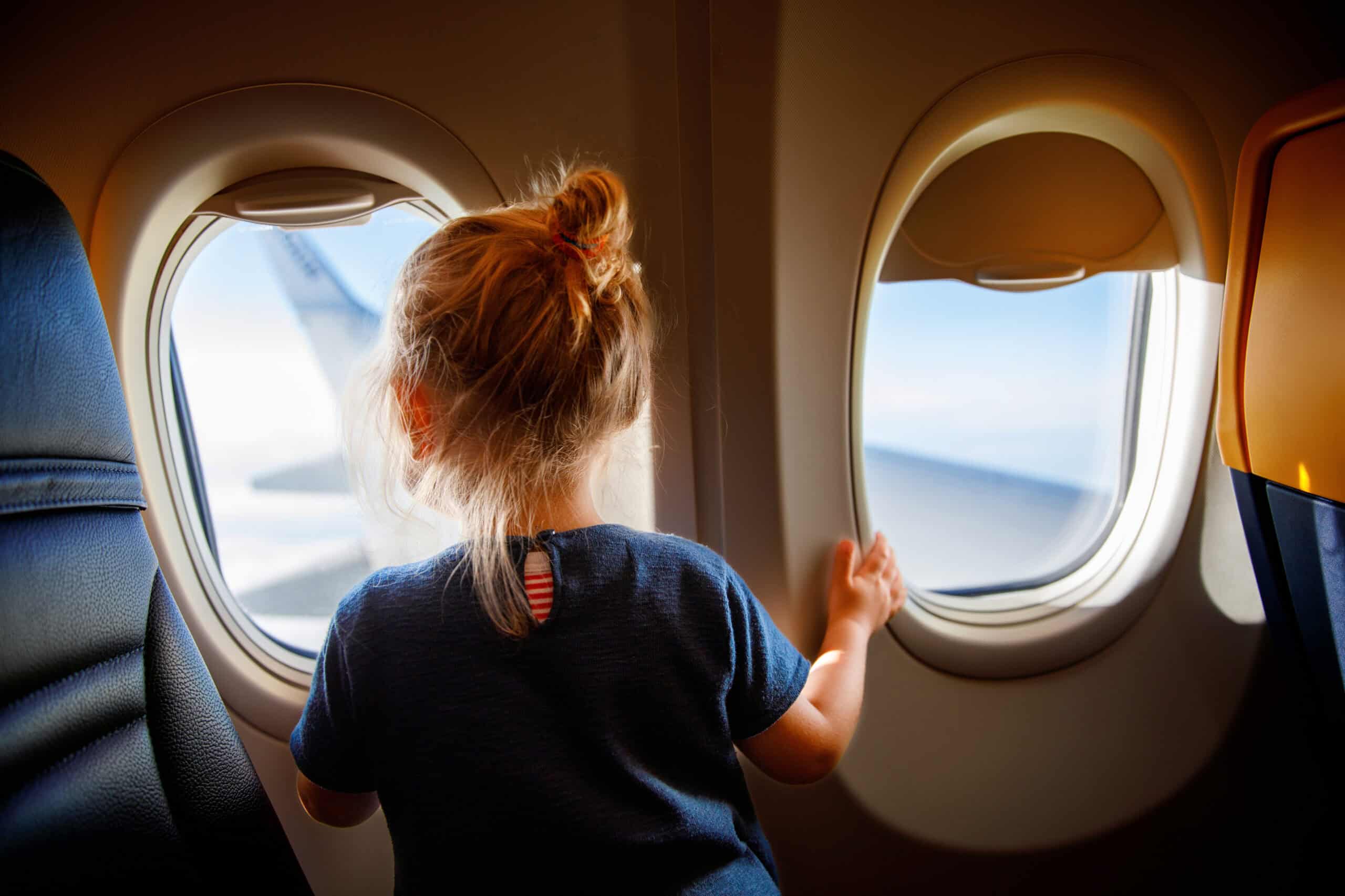Family Airport Parking - Sydney
Travelling with kids can be a juggle – let Park & Fly take the stress out of the airport experience right from the start. Our airport parking with child facilities near Sydney Airport is designed to get your family from car to terminal with ease and comfort.
Why Choose Park & Fly for Family Airport Parking?
We offer premium family airport parking in Sydney at a fraction of the cost of onsite options. With our free valet service, you simply drive into reception, drop off your car, and we’ll take care of the rest. It’s the smart way to the runway – and our 5-star reviews show that families love the convenience and service we provide.
Looking for airport parking that’s child-friendly? You’ve come to the right place.

Can children travel in the Park & Fly shuttles?
Children over 12 months of age are able to travel in our transit vans. Our airport parking is child-friendly, with dedicated family vans equipped with car seats to keep your little ones safe. Our experienced drivers will get you, your luggage (yes, even the pram), and your kids to the terminal quickly and securely.
Please Note: For safety reasons, we cannot transport babies under 12 months in our shuttles. If you’re travelling with an infant, we suggest that one adult and the infant be dropped off directly at the airport. The rest of your group can then drive to Park & Fly and take our shuttle to the terminal after check-in. For more information about our child transit policy, please click here.
Have questions or need help planning? Contact us at (02) 8335 4700 or email info@parknfly.com.au.

How it Works
Airport parking in Sydney couldn’t be simpler at Park & Fly.
01
Make a booking
online
02
Arrive at
Park & Fly
03
& check in
04
When you return, just give us a quick call from the terminal. We’ll be there in minutes to pick you up and bring you to your vehicle.
Frequently Asked Questions
Didn’t answer your question?
Browse our full FAQ section for answers to common airport parking questions, shuttle service details, booking tips, and more.
Does Park & Fly have a vehicle height restriction?
Yes, Park & Fly can only accommodate vehicles 2 metres or less in height in our undercover carpark, including any aerials and / or roof racks. We do have an option for taller vehicles (please call our office line on 02 8335 4714 for details).
How close is Park & Fly to Sydney Airport?
Park & Fly is very close to Sydney Airport. Located in Mascot, Park & Fly is just a 5-minute drive to the domestic terminal, and 12-minutes to international.
How early should I arrive at Sydney Airport?
Airline companies recommend at least an hour for domestic and 2-hours for international flights depending on the airline and whether you're checking in bags. Park & Fly advises customers to allow an additional 20-minutes for check-in at Park & Fly and drop off at the terminals. This is worst case scenario in case of traffic hold-ups or other unexpected delays.
Do I need a booking?
You don’t have to make a booking but it is recommended you reserve a spot at Park & Fly to avoid disappointment. Due to the demand for airport parking in Sydney, there are times when our carpark is full and only those with bookings will be able to park. If you arrive without a booking and we do have space, you will need to pay the drive-in rate.
How do I make a booking?
Click here to navigate to our booking page. Pre-booking will not only save you money but also time when checking in and will ensure you are familiar with our Terms & Conditions. For customers who do not have access to the Internet or need booking assistance, please Contact Us or call 02 8335 4714 from 9am to 5pm EST, Monday to Friday.
Is there any discounts available for child-friendly airport parking?
We pride ourselves on offering premium but affordable child-friendly parking at Sydney Airports. For special rates, visit our discounts page.
Park & Fly Customer Reviews
Sydney’s Top-Rated Airport Parking. See why travellers consistently give Park & Fly 5 stars. Real reviews from customers just like you.
EXCELLENTTrustindex verifies that the original source of the review is Google. In my view, Park & Fly are the best option for short-medium parking at Sydney airport. Pre-booking is straight forward, prices are very competitive and the transport to & from the terminals very efficient and timely. And settlement at pickup very quick and easy.Trustindex verifies that the original source of the review is Google. Always been a great option for parking. Reasonably priced. Good service,Trustindex verifies that the original source of the review is Google. For $120 , 10 days , fair price compared to other transport options. Shaun very helpful.Trustindex verifies that the original source of the review is Google. Park and Fly gave the best service and experience I have had in leaving my car for 2 weeks while away!They sorted everything out and made it very easy getting to and from the airport with their bus service!No waiting around so quick and convenient as well!Will definitely use them again!!Trustindex verifies that the original source of the review is Google. I had a very delayed flight but the guys stayed back to well after closing time so I could pick up my car. Great service, highly recommend.
